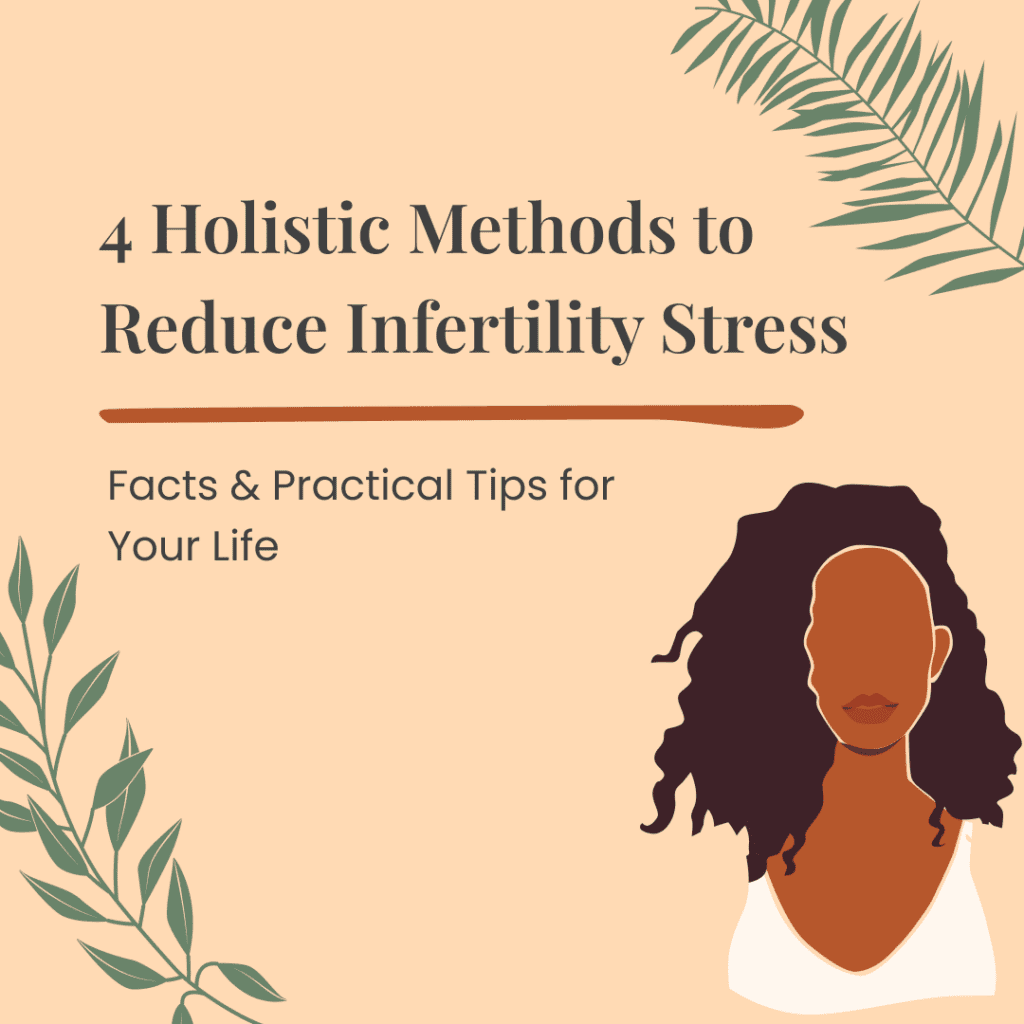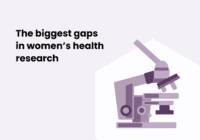
Endocrine Disruptors: 5 Everyday Chemicals that Might be Impacting your Fertility
Every day Canadians are exposed to hundreds of toxic chemicals through our environment, food, and everyday household and personal care products. These types of chemicals, known as endocrine disruptors, are known to impact your hormones negatively.
Hormones are essential because they're what keep our bodies running smoothly. They control all our bodies' processes, from hunger and blood pressure to our libido and sexual desire. Similar to regular exercise and healthy eating, everyone will benefit from trying their best to eliminate endocrine disruptors in their lives.

What chemicals affect fertility?
Chemicals that affect fertility are called endocrine disruptors. An endocrine disruptor is a natural or human-made chemical that mimics or interferes with your endocrine system, your body's system that creates and regulates hormones.
Avoiding exposure to known endocrine disruptors is one of the many ways you can better prepare your body for conception and pregnancy. Although some toxin exposure types might be out of your control (such as air pollution), there are still steps you can take to avoid these hormone-disrupting chemicals and mitigate their impact on your fertility.
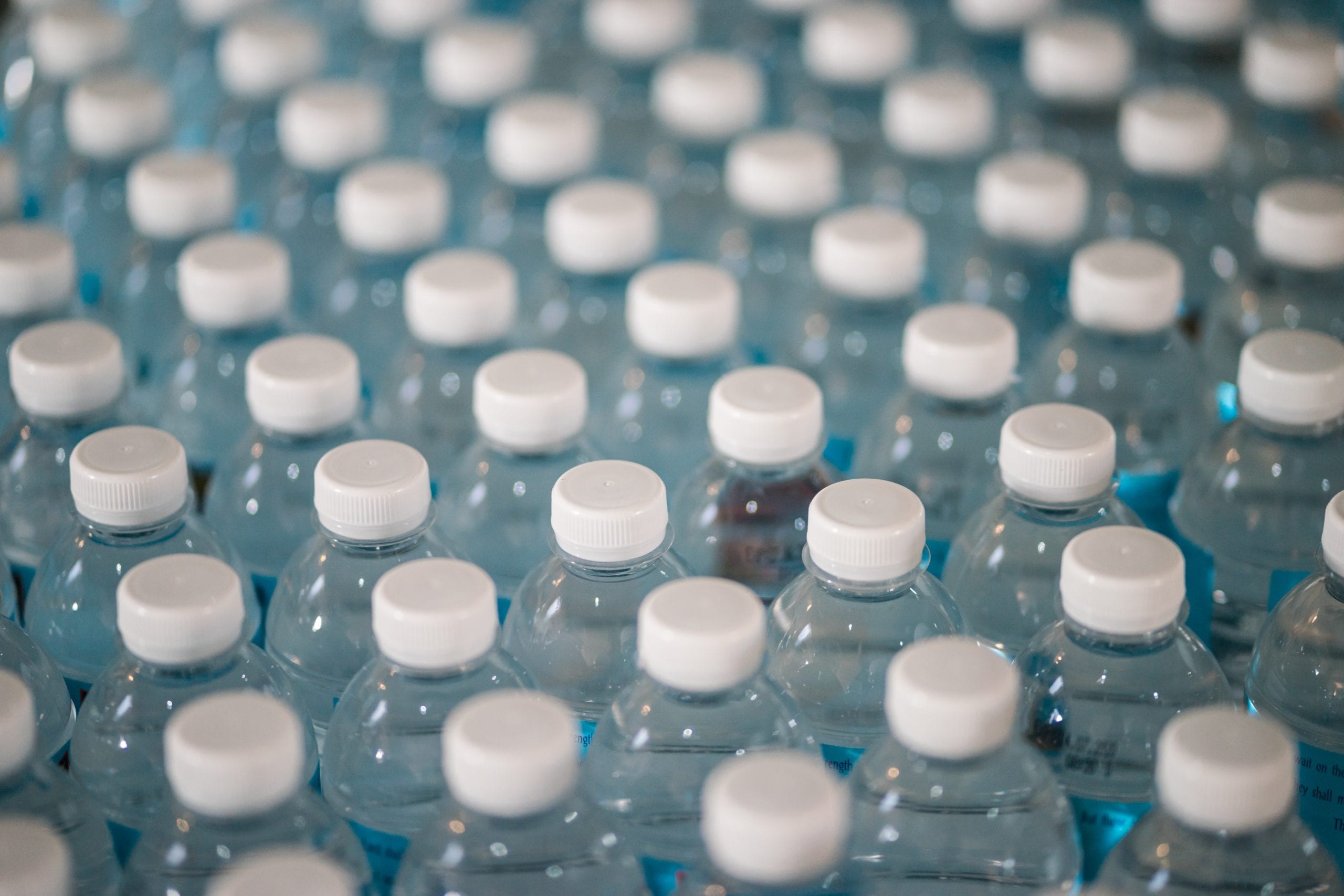
BPA
Bisphenol A, commonly known as "BPA," is a synthetic chemical used to make hard, transparent plastics. BPA is found in canned foods, clear plastic food and beverage storage containers and even receipts from cash registers.
More than 90 percent of people have some traces of BPA in their bodies. Research shows BPA is associated with female infertility. Canada was the first country to declare BPA as a toxin in 2010 and has since banned the chemical in the production of baby bottles.
Some ways to reduce your exposure to BPA is by:
• choosing fresh or frozen food over canned,
• using plastic containers as little as possible, and
• heat food using glass, ceramic or stainless steel cookware.
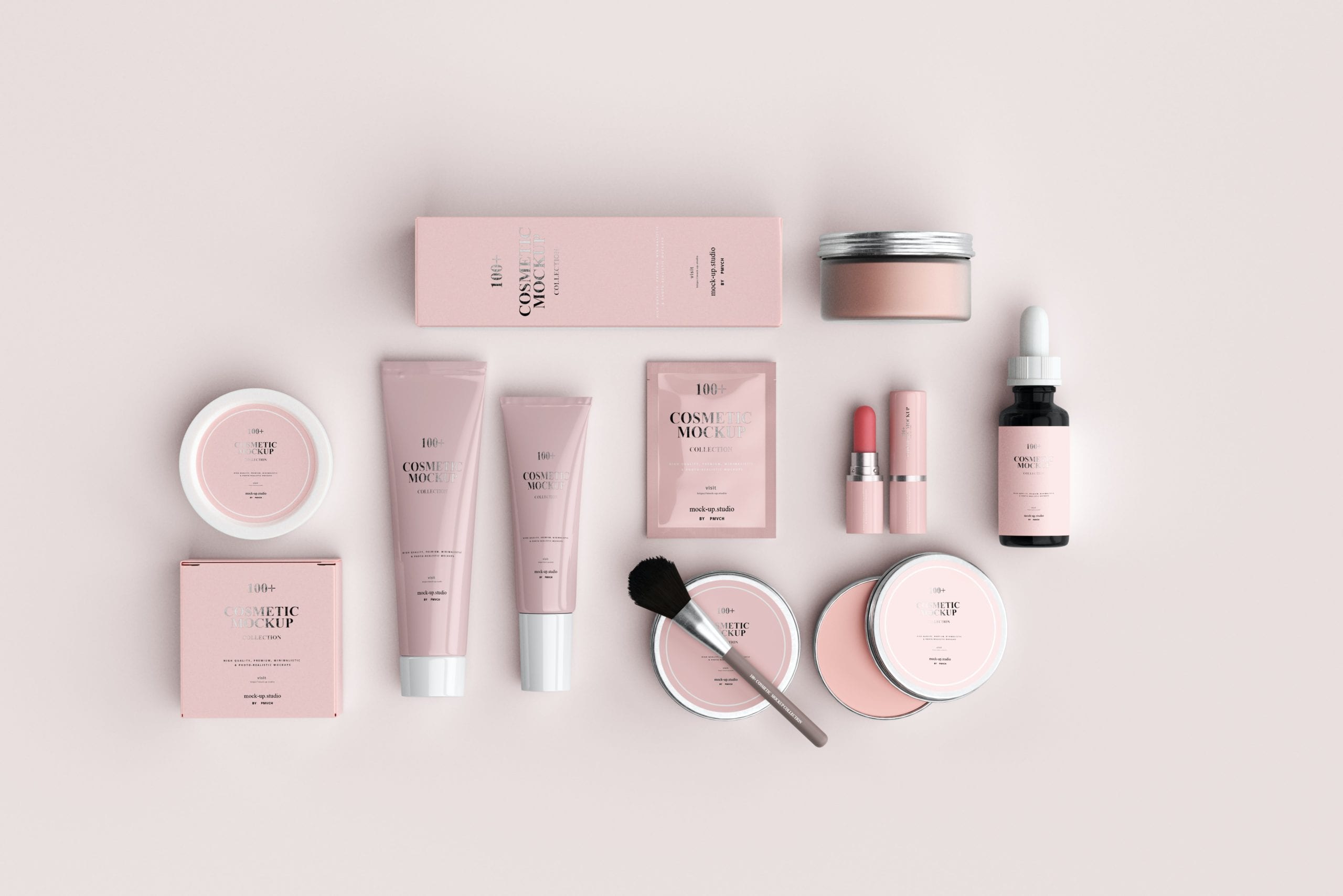
Parabens
In recent years there's been a spotlight on parabens, a preservation chemical used in many cosmetics types. This endocrine disruptor can easily penetrate the skin. Common forms of parabens are methylparaben, butylparaben and propylparaben.
Studies show adolescent girls who wear makeup have over 20 times the propylparaben levels in their urine compared to those who never or rarely wear makeup. Parabens are known to affect both men and women's reproductive systems and reproductive development, fertility and birth outcomes.
Decrease your exposure to parabens by:
• getting into the habit of reading labels,
• finding paraben-free makeup and skincare products such as moisturizers and lotion, and
• avoiding products in soft plastics and opt for artisanal or homemade personal care items.
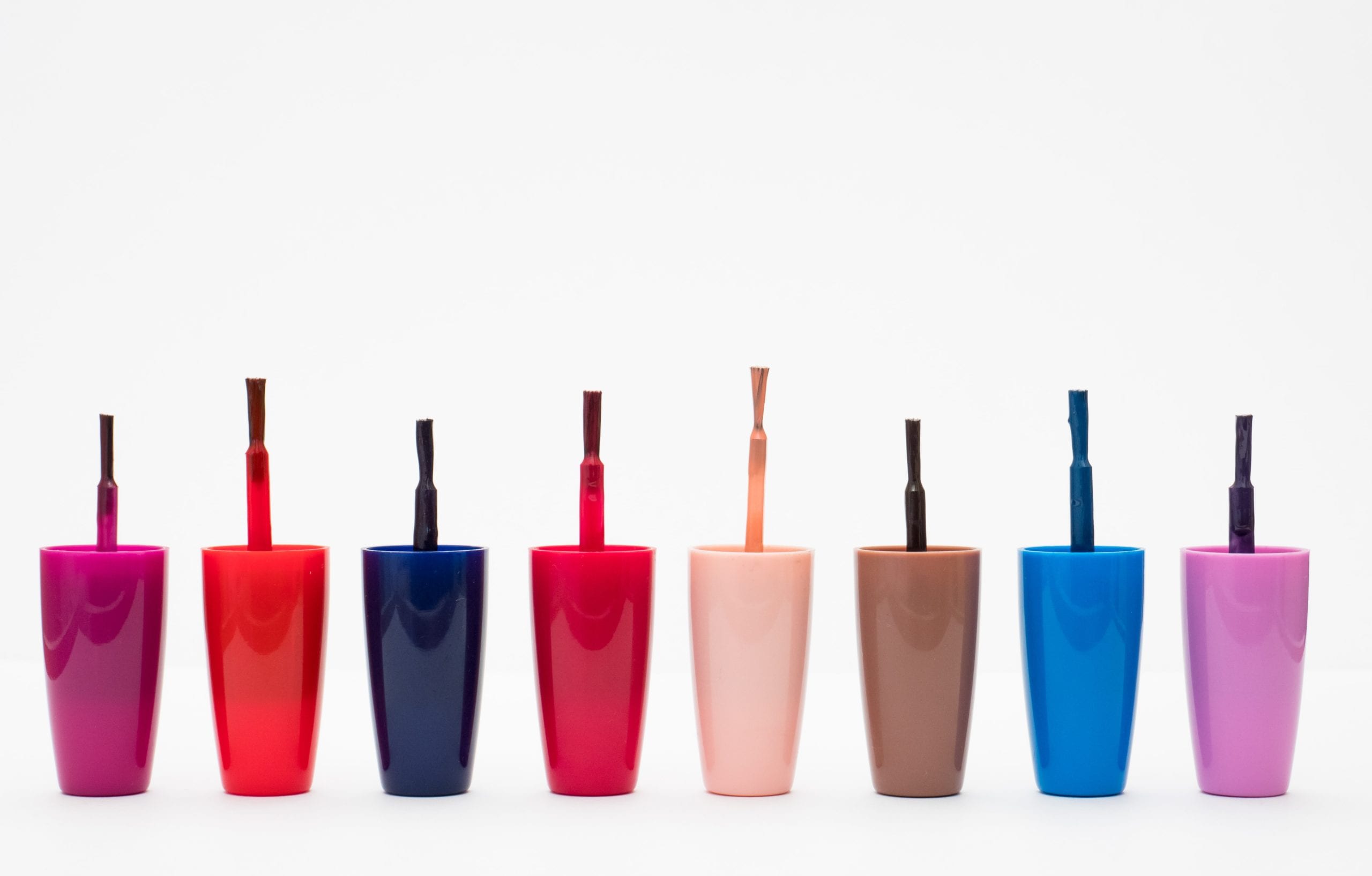
Phthalates
Phthalates are most frequently used to make plastics softer and more flexible or in pesticides for food. They're also commonly included in personal care items to further liquify lotions, cosmetics or hair care products. You can find phthalates in items like hair spray, nail polish, deodorants, lotions, creams, powders, air fresheners and vinyl shower curtains.
Although the Canadian Cancer Society reports that most Canadians are exposed to low levels of phthalates, it's still suspected to pose reproductive risks such as increased miscarriage and infertility. Recent research from Harvard Medical School also encourages pregnant women to avoid phthalates.
Reduce exposure to phthalates by:
• adding more organic produce into your diet,
• storing food in glass instead of plastic, and
• choosing fragrance-free products over scented products.

PBDEs/ Flame Retardants
Polybrominated diphenyl ethers, known as "PBDEs," are flame retardant chemicals placed in products to help reduce the spread of fire. This endocrine disruptor is found in electronic devices, furniture, drapes, mattresses and even clothing.
A 2010 study conducted by the University of California Berkeley found over 97 percent of women had PBDEs levels in their blood. Women with higher PBDE levels were half as likely to conceive compared to women with lower levels, the study reports.
Avoid toxic flame retardants and decrease your exposure to PBDEs that may negatively impact your endocrine system by:
• purchasing furniture and electronics for your home that states explicitly they're PBDE-free or do not contain flame retardants,
• replacing furniture with any exposed foam (like a couch), and
• using a high-efficiency particulate air (HEPA) filter vacuum cleaner to clean your home.

Pesticides/ Herbicides
Chances are you already know the drill when it comes to pesticides and herbicides. Pesticides and herbicides found in mainstream agricultural farming and production disrupt male hormones and alter estrogen production.
Eating organic produce can reduce your exposure to fertilizers, pesticides and other synthetic additives commonly found in fruits and vegetables.
One way to introduce more organic produce into your diet and grocery budget are by choosing the organic alternative to the "Dirty Dozen Foods," which are crops that farmers use the most pesticides on. Similarly, "Clean Fifteen" are products that use the least amount of pesticides.

Balancing Your Hormones
Overall, taking small steps to reduce your exposure to these endocrine disruptors can make a significant impact.
However, it's essential to remember endocrine disruptors are just one of the many pieces of the puzzle when it comes to balancing your hormones.
Consulting a fertility specialist is the best way to create a personalized fertility plan based on your needs.
In addition, visit the Dr. Tanya Williams Fertility Centre website to learn more.



